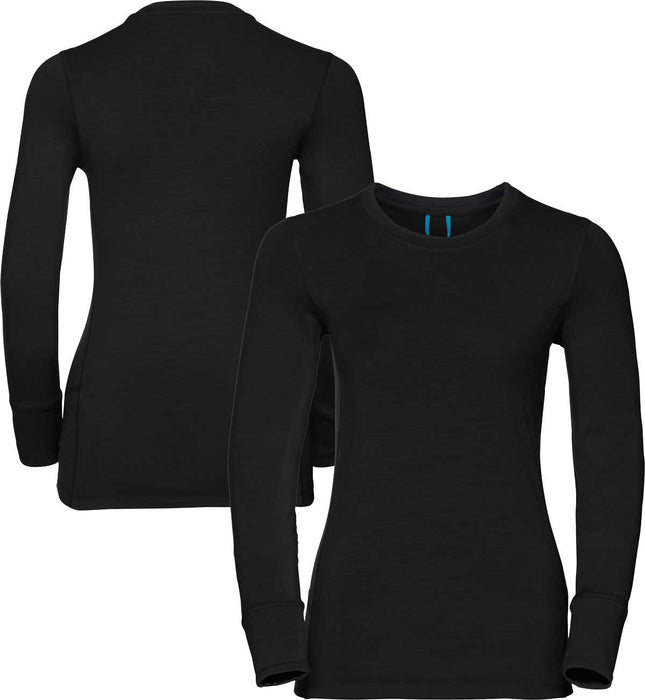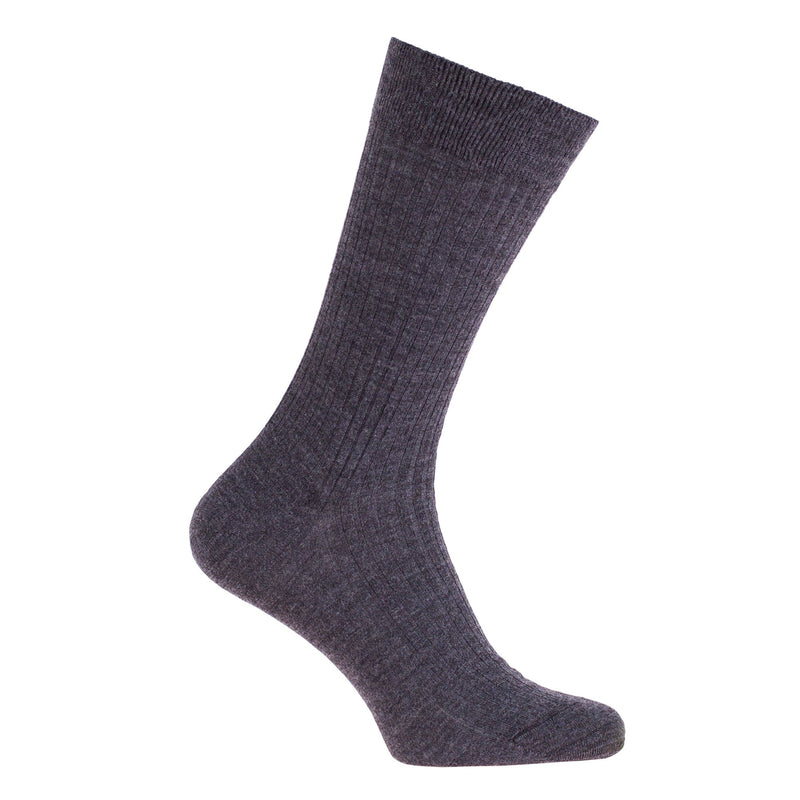Recommended Bamboo Clothing Info
Wiki Article
Why Is Yak Merino Wool Base Layers So Effective For Winter Sports Clothing With Regards To Natural Fiber Benefits?
Natural fibers are a great option for base layers of winter sports apparel, and not only for their performance but also because of their environmental sustainability.
Yak and Merino Wool are both natural fibers that are that are derived from animals. Renewable resources, they can be harvested sustainably and without harming animals. They are biodegradable which means they can be degraded naturally and do not harm the environment.
Low Environmental Impact
Natural fibers are generally less harmful to the environment as compared to synthetic materials. The process of harvesting and cultivating wool involves fewer chemicals and less non-renewable materials as compared to synthetic fibers.
Energy Efficiency
The manufacturing of synthetic fibres like polyester or nylon requires more energy. The manufacturing process for natural wool requires less energy and lowers carbon emissions.
Minimized Microplastic Pollution
Natural wool fibers aren't contributing to the pollution of waterbodies by microplastics like synthetic fibers.
The product's longevity and its recycling
Yak-merino clothing is extremely durable and lasts for a long period of time. Wool fibers can be recycled or repurposed to lessen waste and impact on the environmental impact.
Sustainable Practices
Manufacturers and producers of wool follow sustainable, ethical practices. This includes animal welfare, management of land that is responsible, and fair conditions for the workers involved in the chain of production.
Environmental Certification-
Certifications such as the Responsible Wool Standard and the Global Organic Textile Standard verify the ethically and environmentally sustainable practices of wool production. This provides consumers with confidence regarding the sustainability of wool production.
Overall, yak merino wool base layers conform to sustainability in the environmental sense because they are derived from natural, renewable sources, having the least environmental impact in production and, often, incorporating ethical and sustainable practices into the supply chain. When you choose natural fibers such as yak merino for winter sportswear, you are supporting environmentally responsible and sustainable practices for consumption. View the recommended continued on merino wool base layer for website tips including smartwool merino 250 bottoms, merino wool ski base layer, smartwool 1 4 zip womens, smartwool merino 250 bottoms, merino wool base layer hunting, best merino wool base layer women's, merino wool thermals mens, smartwool merino 250 base layer, merino ninja suit, ski layers and more.

What Are The Benefits Of Bamboo Clothing?
Bamboo clothing offers many benefits in terms of softness and durability.
Bamboo fabric has an incredibly soft, silky texture that is often compared to expensive materials like cashmere or silk. It is soft and smooth against your skin. It is a pleasant and comfortable material to wear.
Antibacterial Properties
Bamboo is a natural antimicrobial called "bamboo Kun." This ingredient prevents the spread and growth of bacteria that cause odors, fungi and even odors.
Durability-
Strength- Despite their softness, bamboo fibers can be strong and durable. Bamboo clothing is not prone to wear and tear. This makes it suitable for many tasks.
Renewability-
Rapid Growth Bamboo is a source that grows quickly, and doesn't require pesticides. It will mature within a few years, making it readily available for sustainable harvesting and reduces the environmental impact of cultivating.
Sustainability-
The production of bamboo is eco-friendly. and cultivation has less environmental impact as compared to synthetic materials. Bamboo's rapid development, low requirement for water, and its ability to thrive in a variety of climates all contribute to its sustainability.
Biodegradability-
Natural Decomposition: Bamboo clothing will naturally break down at the end its lifecycle. This reduces the amount of waste that is not biodegradable in landfills and minimizes the environmental impact.
Hypoallergenic Qualities
The less irritation- Bamboo fabric is less likely to cause skin irritations or allergic reactions as compared to some synthetic materials, which makes it an ideal option for those with sensitive skin.
Bamboo clothing is an excellent option for anyone looking for comfortable, functional and environmentally-friendly apparel. It is soft, with antibacterial properties and durability. These qualities help create a comfortable wearing experience while aligning with green practices. See the top rated bamboo clothings examples for website info including bamboo cay christmas shirts, bamboo yoga leggings, bamboo shorts mens, ladies bamboo tops, ladies bamboo tops, angel dear bamboo pajamas, kyte pajama, bamboo yoga trousers, bamboo sun hoody, bamboo trousers women and more.

What Are The Differences In The Texture, Warmth And Absorption Of Bamboo Or Merino Compare To Wool?
When comparing merino, bamboo clothing, and traditional wool on the basis of texture, warmth and moisture absorption - Texture-
Merino Wool Merino Wool's fine and soft fibers makes it soft and smoother than traditional wool. It's often considered more comfortable against the skin.
Bamboo Clothing Bamboo fabric is smooth and silky. It is often compared to luxurious materials such as cashmere or silk. Bamboo has a soft and delicate feel, offering the wearer with a pleasant experience.
Traditional Wool Traditional Wool is available in a variety of textures. Some are coarser than others and could cause irritation or itching.
Warmth-
Merino Wool - Merino is an excellent wool to warm yourself due to its properties for insulation. It holds its heat even if it is it is wet. It makes it an excellent insulation material for cold weather.
Bamboo Clothing - Bamboo clothing is warm, however it doesn't offer the same insulation like merino. But, it manages the body temperature effectively, ensuring comfort in various conditions.
Traditional Wool - Just like the merino wool, traditional wool is warm and insulation. However, it can be more heavy, or bulkier than bamboo or merino clothes.
Moisture Absorption-
Merino Wool Merino Wool's moisture-wicking properties allow moisture to escape the skin. Even when it is wet the wool stays warm.
Bamboo Clothing Bamboo fabric is known for its water wicking capabilities that means it is able to draw out moisture and provide comfort during physical activity. It regulates the amount of moisture and keeps wearer dry.
Wool isn't as water-wicking as bamboo or the merino. Some types of sheep's wool can feel heavy and damp after being damp.
Merino wool is renowned for its warmth, softness and ability to wick moisture. Bamboo clothing provides a silky and smooth texture, adequate warmth, and excellent moisture control. Wool clothing comes in various textures and provides warmth and moisture absorption However, it may feel heavier or coarser than merino and bamboo clothing. Each fabric has its own characteristics to cater for different preferences in clothes. Check out the best bamboo winter clothing tips for site recommendations including wool thermal base layer, cheap merino wool base layer, merino wool thermals mens, smartwool 250 base layer bottoms, smartwool men's classic thermal merino base layer crew, smartwool quarter zip, wool base layer womens, smartwool base layer womens, lightweight merino wool base layer, smartwool 250 and more.
